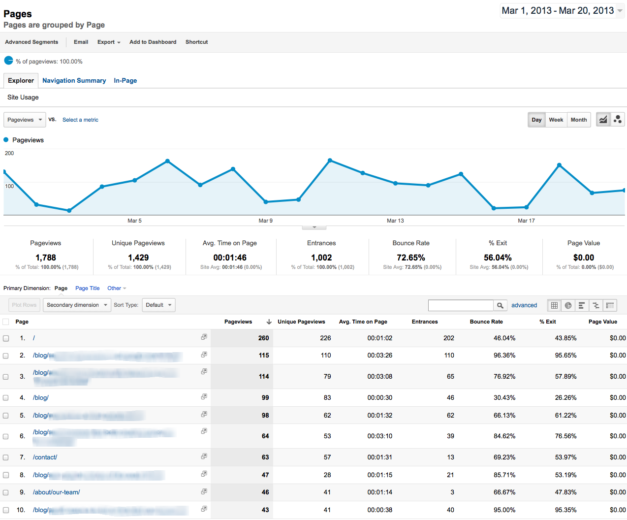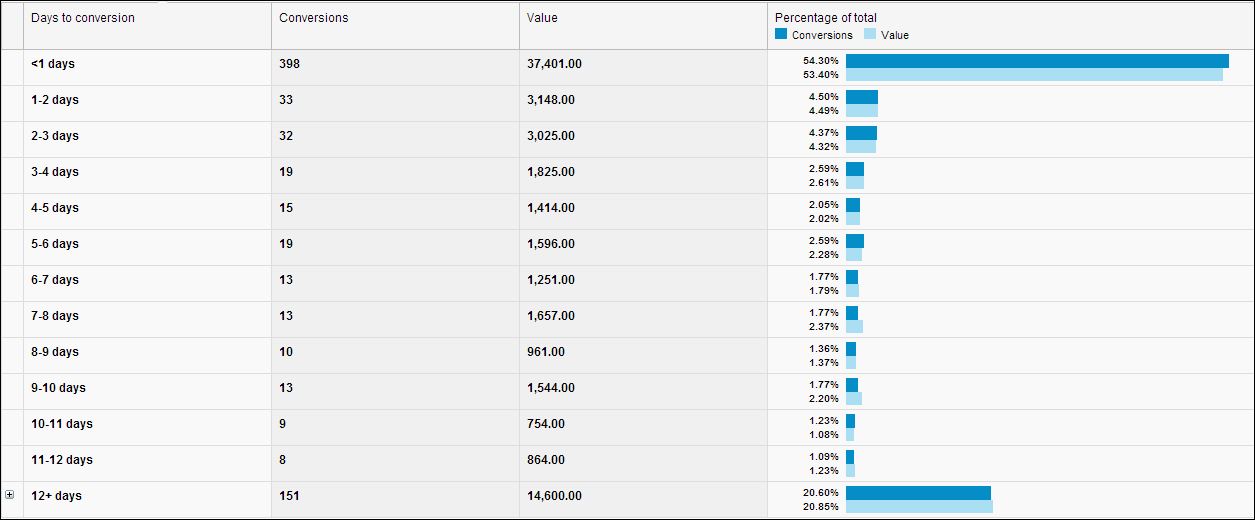On average, only 2% of users convert on their first site visit, making it crucial in today’s competitive landscape that you have a solid remarketing strategy in place. Thanks to Google, remarketing is now really easy to set up and implement. At a basic level, you can add the remarketing code to your website and easily show ads to anyone who has visited your website. If you want to gain the best results from your remarketing campaign, it is important that you target users at a more granular level. As with anything in paid search, testing is key to success!
Who should I target?
Good question! There are 2 tools which can help you answer this: your website and Google Analytics.
If we consider your website to start, there might be a logical structure that transfers well to remarketing. For example if you sell men’s clothing, women’s clothing and children’s clothing, straight away there’s a clear adoptable structure. Now, target anyone who’s visited one of these sections with an advert that reflects the offering they have been looking at. From this simple segmentation, you could expect a higher clickthrough rate than you would achieve with generic site-wide targeting.
Google Analytics provides a wealth of knowledge on how people interact with your site. This illuminates the perfect foundation for deciding a remarketing strategy.
I recommend using the site content report (Behaviour>Site Content) to identify areas of the site to target.
There are different ways to look at this data:
Top visited areas
You can sort this report by the volume of page views and see which areas of the site are viewed the most. You can then use this information to form a segmented remarketing strategy targeting people who have visited the top pages of your site with a targeted ad that reflects the content on that specific page. For smaller websites, this also means you can clearly identify what areas of the site are worth targeting. You need 100 unique visitors in your remarketing list to try GDN remarketing, and this report will allow you to see which pages have enough pageviews to make remarketing worthwhile.
Site interaction rates
Imagine a scenario where you have a page on your site that receives lots of traffic, and has a high average visit duration, yet the conversion rate is low. This could be the perfect candidate for remarketing; in theory you know the user is interested because they have been engaging with the site. However, for some reason they are not converting. Remarketing reminds them to convert.
How you remarket in this scenario will be very dependent upon what you are offering, the sales cycle and other account-specific intangibles. However, it could be that you use remarketing to push different USPs. For example, if you offer a pair of branded shoes, remarketing could promote your quick checkout/free next day delivery/free returns/amazing price, or any number of features.
If you offer a service, you can remarket to promote the live chat function on your site/the quick turnaround on enquiries/the best rates/the customer experience etc. Using Google Analytics remarketing, you could take your targeting one step further and serve ads only to users who have spent a certain time on site.
What time period should I target?
There are many factors to consider, such as sales cycle, price of goods, and seasonality. It is important to test a variety of different time periods as they have the potential to yield disparate results.
If you are unsure of the time from first click to purchase, this data is available in Adwords Search Funnels Report, under Timelag Report.
This report will show you the amount of days from initial impression or click to conversion. In the example above, 54% of conversions happened in the first day, leaving just under 50% of conversions happening after the first day, and with 20% happening 12+ days after the first click. From this report I can clearly see that people convert in a variety of ways. Therefore I should remarket to varying audience lengths to see which perform best.
Depending on the offering, you could trial different adverts for different time durations or you could simply trial the same advert while adjusting bids based on performance. In the scenario above you might consider trialing lists for 1 day, 3 days, 7 days, 12 days, and 30 days. Watching these different lists will help you determine which time period performs best.
You should also consider your own product knowledge. For example, if you sell a variety of products at different price points, consider targeting cheaper products for a shorter time period and more expensive items over a longer time frame. Additionally, you should consider time of year. For example, you may want to create longer lists for ecommerce clients leading up to Christmas when users are heavily researching for a longer time period.
Finally, I recommend utilizing both image and text ads on the GDN. Different websites accept different ad sizes and types so I recommend ensuring you have maximum exposure.
What creative remarketing strategies have you employed and found success with? Tell us in the comments below!






